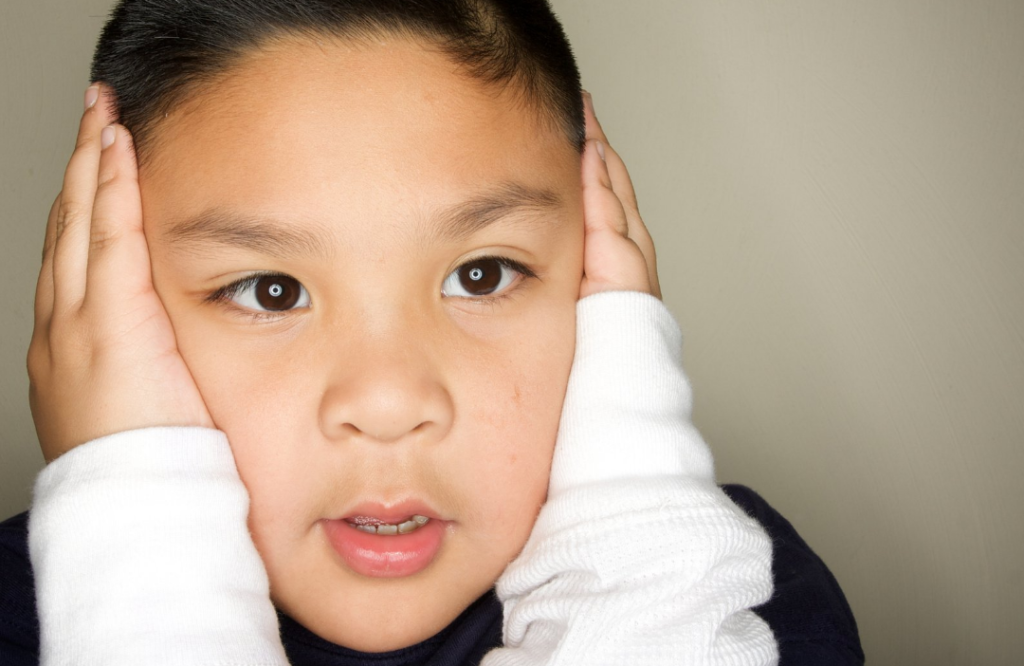 Want to understand big behaviors at home? Do you know what’s causing them?
Want to understand big behaviors at home? Do you know what’s causing them?
Just as each child is individual and unique, there are many reasons your child may be having big reactions at home. For neurodiverse children such as those with autism, ADHD, Fetal Alcohol Syndrome, behaviors communicate how a child’s body and mind are feeling. Conflicts and interactions with others, difficulty with communication, inflexible thinking, and sensory aspects may contribute to behaviors. For this post, we will focus on how sensory aspects in the home setting may be causing big reactions and behaviors. Let’s see how understanding the environment can help reduce behaviors.
Items in our environments can impact how our bodies process information. For example, to a child that is sensitive to sounds, the humming of a refrigerator, unpredictable volume of tv commercials, and the sound of water coming from a shower head can be overwhelming. There are multiple sources of sensory input in the home environment.
Does your child have large reactions at home? Does your child appear sensitive to what is happening around him/her? Want to reduce behaviors and help your child find calm? What three things can you do to reduce challenging behavior at home?
1. Look through this Home Sensory Checklist
Read through the Visual, Auditory, and Tactile lists & consider:
What items are pleasing and also overwhelming for your child? If your child is verbal and able to state what makes him/her comfortable and uncomfortable, go through the list with him/her. Children often know what feels right and overwhelming, but don’t know what to do about it. Do you notice any patterns or reactions to any of these items? If so, try reducing those items or replacing them with something more soothing or neutral (for example, if your child seems sensitive to bright fluorescent or LED lights, replace them with incandescent or a less intense light source).
Understanding Big Behaviors at Home
Want to learn more about understanding why your child is reacting as he/she is? Join us in my stacytriplat.teachable.com course: Why Does My Child Act That Way: How Your Child’s Body Interprets Various Environments and & Simple Ways You Can Help. Use this link to receive $25 off on course enrollment, or use code: BLOG for $25 off at stacytriplat.teachable.com.
2. Write in this weekly log to track behaviors.
Look for patterns as to when your child is reacting and what is happening in the environment at the time. Use your wise parenting instinct and be intentional and aware of what is around your child.



